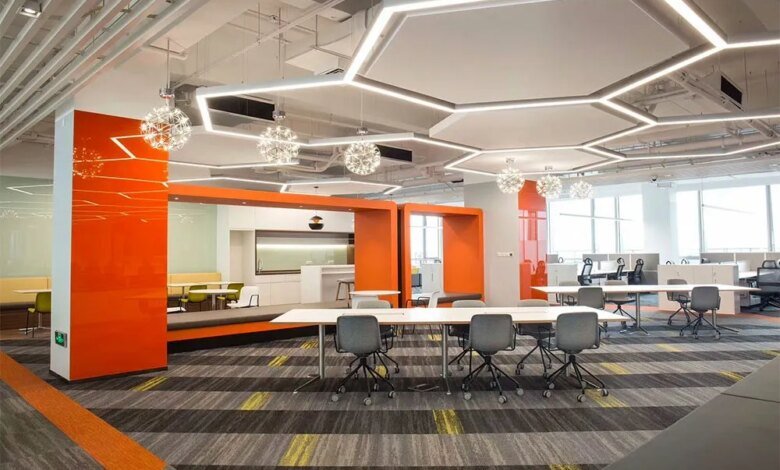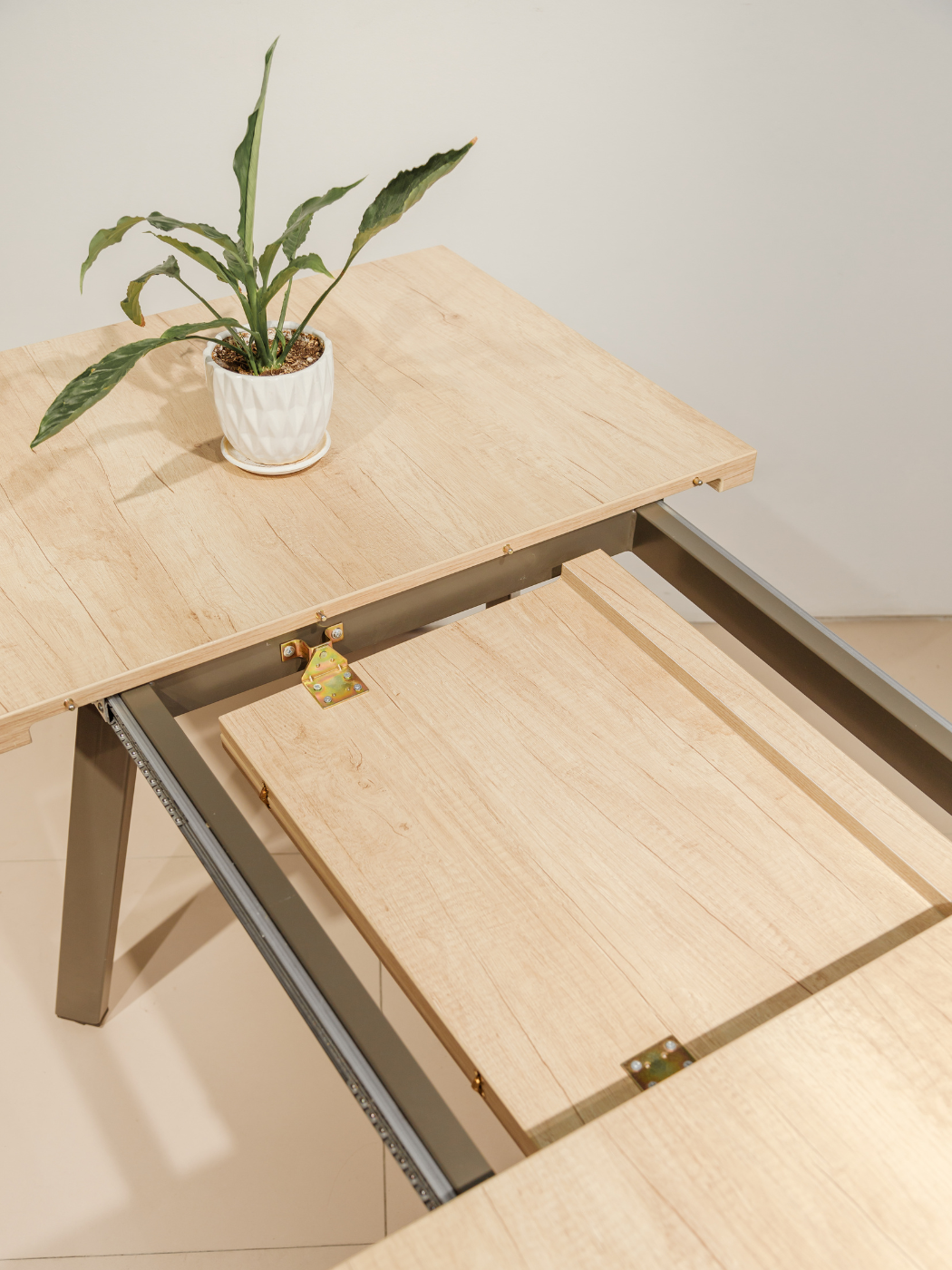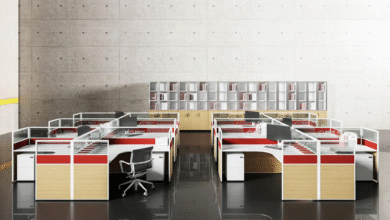Principales tendencias entre los fabricantes de muebles en 2025

In 2025, the trends in the furniture industry are undergoing a major transformation driven by automation, robotics, and artificial intelligence (AI). These innovations are reshaping the way furniture is designed, produced, and delivered — improving efficiency, reducing waste, and creating smarter production systems that respond to real-time data.
Key Developments in Automation, Robotics, and AI
- AI-Driven Design and Production Artificial intelligence is revolutionizing furniture design by analyzing large data sets to predict trends and consumer preferences. AI-driven software helps designers create pieces that are not only functional but also aesthetically appealing. This approach enables brands to offer flexible solutions tailored to evolving lifestyle needs.
- Predictive Maintenance and Quality Control AI enhances the entire production chain by monitoring performance and identifying potential issues before they occur. Predictive maintenance minimizes downtime, reduces waste, and ensures consistent product quality. This technology is helping manufacturers operate more efficiently and sustainably. 📘 Read more at: Interzum Magazine
- Collaborative Robotics (Cobots) The adoption of collaborative robots — or “cobots” — continues to grow in manufacturing plants. These machines work safely alongside human employees, handling repetitive or physically demanding tasks. This not only improves safety but also allows skilled workers to focus on creative and complex operations.
- Digital Twins and Smart Production. Digital twin technology creates virtual replicas of real production systems. This allows manufacturers to simulate, test, and optimize every step of the process before physical implementation. The result: faster innovation, reduced time-to-market, and better product performance. 📘 Related reading: The Washington Post – Future of Manufacturing
- Addressing Labor Shortages with Automation.n With an estimated shortage of 1.9 million manufacturing workers by 2033, companies are investing heavily in robotics and automation. These systems help bridge labor gaps while maintaining productivity and competitiveness in a fast-changing global market. 📘 Source: San Antonio Express-News

Overall, 2025 marks a new era for furniture manufacturing — one where technology, sustainability, and human creativity merge. The integration of AI, robotics, and automation is not only streamlining production but also driving innovation and eco-friendly practices across the entire industry.

Preguntas frecuentes (FAQ)
1. How is AI changing furniture design?
AI helps designers analyze consumer data and predict upcoming trends. It generates creative ideas, optimizes material use, and ensures that furniture fits both functional and aesthetic needs.
2. What are the main benefits of using cobots in furniture factories?
Cobots increase productivity, enhance safety, and allow human workers to focus on high-value tasks that require judgment and creativity.
3. What does “digital twin” mean in manufacturing?
A digital twin is a virtual model that mirrors a real-world production system. It helps simulate, monitor, and optimize manufacturing processes before implementation.
4. How does automation help solve labor shortages?
Automation reduces dependency on manual labor, allowing companies to maintain output levels even with fewer skilled workers available.
5. What’s the biggest furniture technology trend in 2025?
The integration of AI and automation for smarter, faster, and more sustainable production is the dominant trend shaping the furniture industry in 2025.
Related Resources:
- Interzum Magazine – AI in Furniture
- Washington Post Live – Future Manufacturing
- Express-News – Business & Industry Reports













